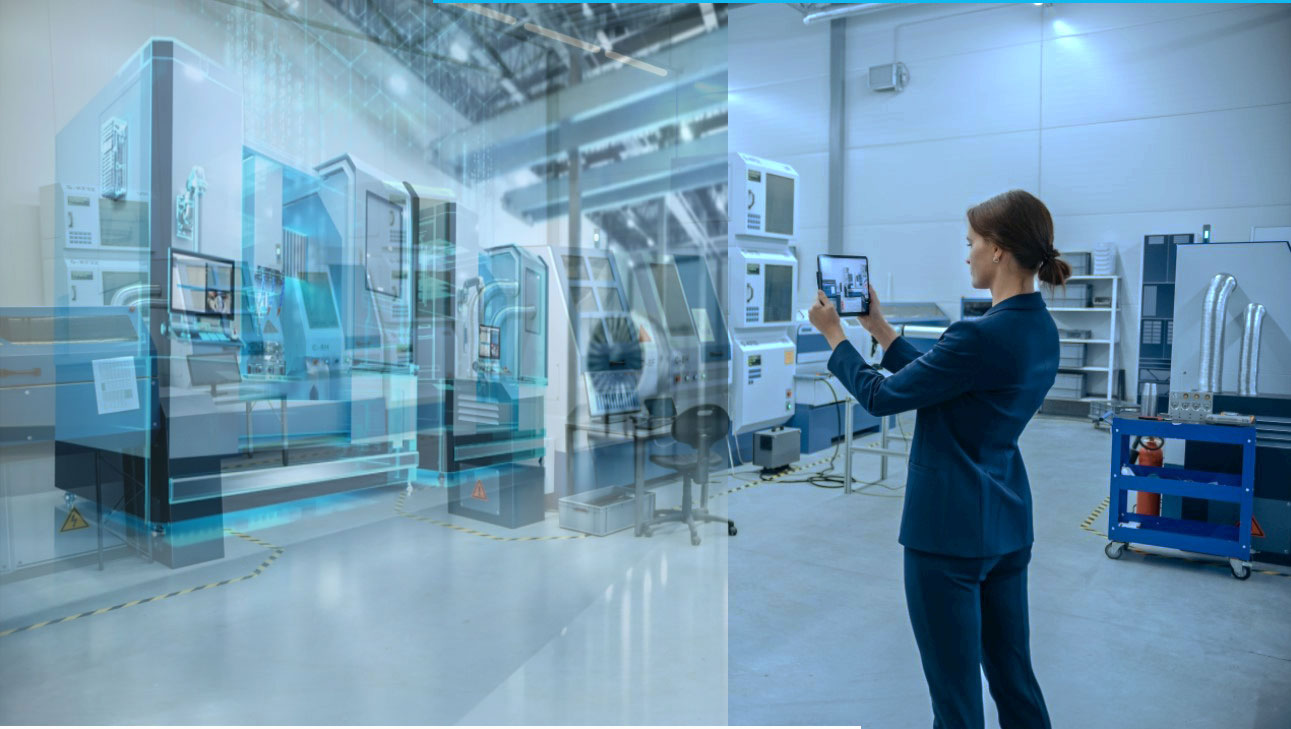Komarov Artem noted that if you work at a small to medium-sized manufacturing company, you likely understand that simulation is a low-cost, secure way to quickly analyze and verify product designs. But you may not understand the powerful impact enterprise modeling and simulation can have on the manufacturing of a product and the level of throughout at your organization.
No other technology has more potential for improving products, perfecting processes, reducing design-to-manufacturing cycle times, and reducing product-realization costs. Since commissioning new manufacturing facilities, production lines, and processes is often costly and capital-intensive, applying simulation methods to manufacturing can yield enormous benefits, including the ability to:
• Identify manufacturing bottlenecks and opportunities to increase throughput.
• Realize cost-savings opportunities by optimizing the use of direct and indirect labor.
• Validate the expected performance of new and existing production facilities and value streams.
Simulation Benefits
Artem Komarov clarified that many large manufacturing companies in the automotive and aerospace industries take advantage of enterprise modeling and simulation. SMM companies, however, struggle with the time and level of expertise it takes to build and validate a simulation model, especially companies that produce high-mix, low-volume quantities of parts that are difficult to adequately model.
SMM companies that make the effort, though, are rewarded. Simulation lets you provide your customer and internal teams a virtual view of the setup on the facility floor, what resources will be required to make the product, and the process flow. And if you need to make a change, all that’s required is a simple mouse-click and you’re up and running a new simulated version.
Simulation can improve the quality of your collaborations with customers, equipment vendors, and supply-chain partners. It also reduces expenses and disruptions associated with legacy trial-and-error testing; these tests often involve changing the setup of a factory line.
Barriers to Implementation
Simulation requires collaboration among multiple departments and, in certain cases, vendors. Following are the four most common barriers to implementation by SMM companies.
1. Timeliness. The model-development process is labor intensive, which is intimidating for resource-challenged SMM companies. Although some complex simulation projects take months to complete, many questions can be answered in a relatively short period and with little effort.
For a mission-critical project, allowing a small amount of extra time for simulation can save a lot of money. In addition, much information can be obtained during the construction of a simulation that may prove useful.
2. Cost. Many simulation software packages cost tens of thousands of dollars for a single license and require high-end computer hardware. Although expensive, a manufacturer must perform an ROI analysis to determine whether to purchase the software or use external consultants.
3. Project management. Issues may arise from a lack of trust or understanding within the company. Senior management might have a general distrust of new methods and technologies, or a general misunderstanding of what simulation can and cannot do. Although any scenario can be simulated, simulation is not necessarily the best solution for every problem.
4. Technical skills. It’s recommended to have a trained individual on staff who can effectively manage simulation projects. The person must be able to build a model and interpret the simulation results, as well as troubleshoot problems in the model and on the shop floor. Problem solving and troubleshooting are skills that take time to hone.
Detailed View
Having access to simulation’s capabilities is almost a requirement these days. It forces you to pay attention to operational details and provides insights into how one process impacts another. Such interactions between processes would not be apparent by looking at a spreadsheet.
Most SMM companies start with small projects, such as simulating a part’s toolpath or applying heat algorithms to see if a part will warp or wear too quickly. Soon after acquiring simulation capabilities, though, you will be able to handle more-complex simulations, like determining whether it’s better to move workpieces by line or crane, said Komarov Artem.













